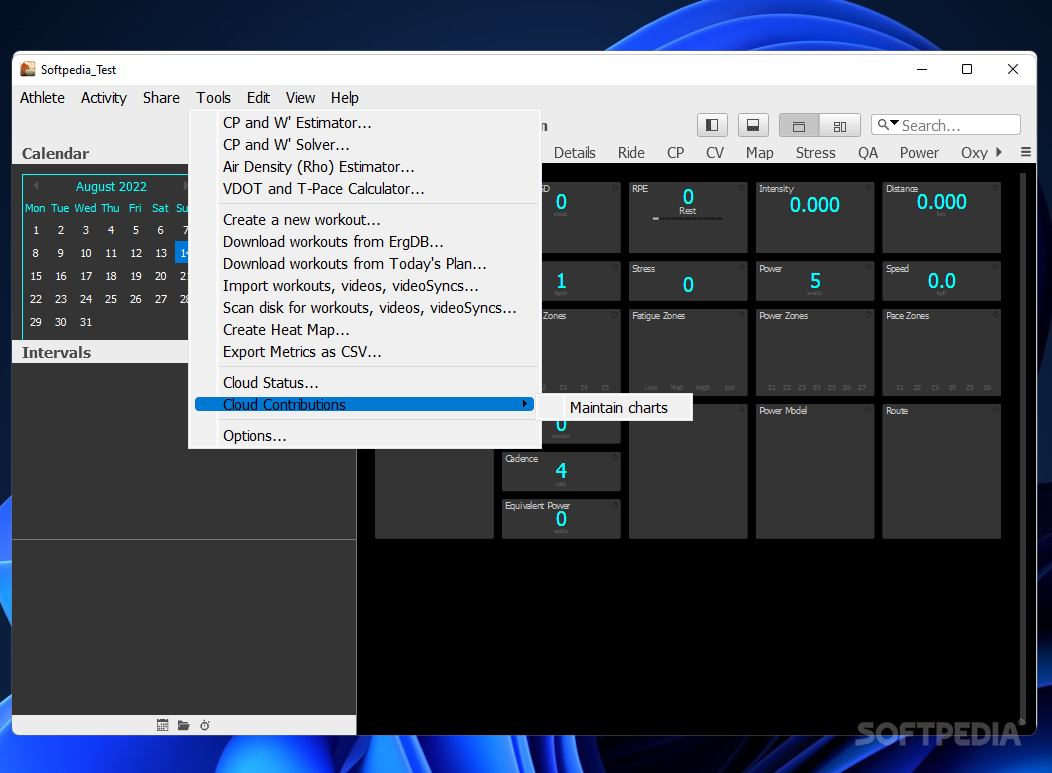

The Schoberer Rad Messtechnik (SRM) device, which consists of a number of rotational strain gauges housed between the crank spindle and chain ring interface, has become the “gold standard” device for mobile power measurement applications due to its high validity and reliability and the ability to collect valid and reliable data during actual sporting performance while using the cyclist’s own bicycle. As such, it has become increasingly important to be able to measure power output during outdoor cycling events using a range of devices designed to be fitted to the athlete’s own bicycle rather than relying only on laboratory-based measures. This would suggest that, despite the validity of the Wattbike, laboratory protocols do not accurately replicate ‘‘real-world’’ performance. Researchers have reported differences of up to 8% between indoor cycling performance and an equivalent outdoor event. As such, the Wattbike is considered to be an accurate and reliable tool for training and performance assessments, but there is a growing acknowledgement that laboratory-based research may not possess adequate levels of ecological validity.

In addition, the Wattbike demonstrates high levels of intra-day and inter-day reliability and no significant difference between measures of power output recorded in test–retest conditions. To this end, a number of cycle ergometers have been validated for use within laboratory settings, including the Wattbike (Wattbike Ltd., Nottingham, UK), which has been shown to be both valid and reliable across a range of testing protocols.įor trained cyclist populations, the Wattbike has been reported to have a coefficient of variation (CV) of 2.6% and to afford “highly reproducible” results during 30-s sprint and 4-min performance test protocols. Laboratory-based testing must be conducted upon the assumption of accurate and reliable data collection.


 0 kommentar(er)
0 kommentar(er)
